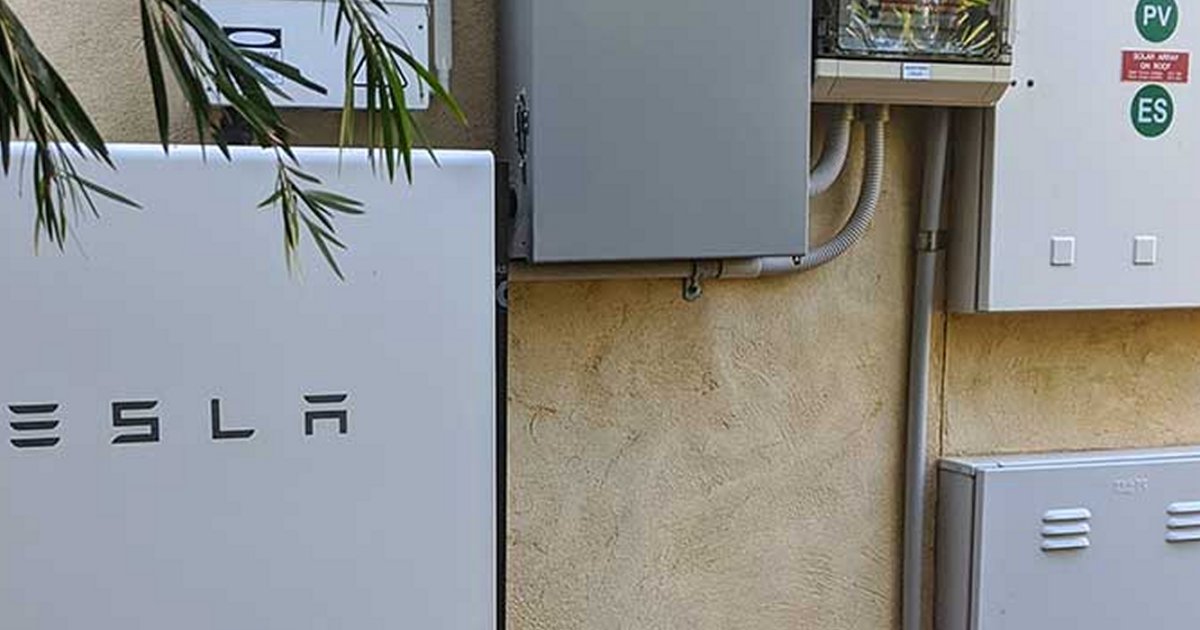
The Australian Energy Market Operator has published its latest Virtual Power Plant (VPP) Knowledge Sharing Report and VPP Consumer Insights Interim Report.
What Is A Virtual Power Plant?
In case you’re not familiar with VPPs, a virtual power plant generally consists of a network of distributed solar power and battery systems, and/or other energy resources and controlled loads. Where solar and storage are involved, these resources are co-ordinated by a central operator that taps into the stored energy of the batteries during periods of peak demand to supply the mains grid when wholesale electricity prices are high.
VPP operation can also involve charging those batteries during periods when wholesale electricity is dirt cheap (even negative), or demand is so low it threatens the stability of the grid. The provision of services that help stabilise the grid can be quite lucrative.
Owners of solar power systems with battery storage are provided financial incentives to join a VPP. Virtual power plant operators may also offer solar owners without batteries incentives in the form of heavily discounted energy storage systems. While still a reasonably new concept, quite a few virtual power plant programs have popped up in Australia, most of which are listed on SolarQuotes’ VPP comparison page.
The important points to bear in mind when considering whether to join a VPP are (like anything) to examine the claimed benefits carefully and how they may apply (or not) in your situation, read the fine print and be comfortable with giving control of your battery system to a third party.
VPPs Helped During Record Minimum Demand Event
Back to the AEMO – it kicked off its VPP Demonstrations program in 2019, which seeks to help inform changes to regulatory frameworks and operational processes so Distributed Energy Resources (DER) can be effectively integrated into the National Electricity Market. The NEM is made up of Queensland, New South Wales/ACT, Victoria, South Australia and Tasmania.
The VPP Demonstrations program currently includes seven virtual power plant operators that between them have more than 5,000 customers located in multiple states.
The AEMO’s latest Knowledge Sharing Report notes the role VPPs played when South Australia experienced its record minimum demand period on October 11, 2020. This event was the result of a combination of rooftop and utility scale solar, which met 100 per cent of demand in South Australia for the first time. Rooftop solar met 76.3 per cent of state demand during the event.
AEMO says VPPs assisted in elevating the South Australian operational demand by approximately 5 megawatts during that period, which reduced its severity. 5 megawatts isn’t much, but it’s early days for virtual power plants and it demonstrates some of the potential.
Some other instances where VPPs have been beneficial in South Australia were covered by SQ’s Richard back in March last year.
AEMO’s Chief Member Services Officer, Violette Mouchaileh, also notes:
“Further, we’ve seen that VPPs prioritise fleet availability for Frequency Control Ancillary Services (FCAS) markets over other value streams, such as energy arbitrage. This makes accurately forecasting behaviour as VPPs scale more complex.”
Ms. Mouchaileh states given this situation, forecast-ability and dispatchability of virtual power plants will be critical in ensuring efficient integration into the power system.
VPP Consumer Insights
The AEMO’s Consumer Insights Interim Report states that overall, consumer satisfaction with VPPs has been pretty good to date, with many participants apparently happy to promote Virtual Power Plants to others.
However, the report encourages improved communications among operators during the entering and trialling phase, in particular in relation to the financial, environmental and community benefits of a VPP.
Some stats on consumer participants based on 470 digital surveys and 23 qualitative depth interviews:
- 88% live in a free standing home
- 87% live in a metropolitan area
- 74% are aged 50+
- 55% have been participating in VPP demonstrations for under a year
- 53% are empty-nesters
Participants’ main motivations for joining a virtual power plant include:
- saving money on electricity bills (42%).
- taking advantage of discounts on hardware (19%)
- having a backup energy supply (14%)
Not all VPPs will be just about batteries – there are other forms of energy storage, and as mentioned various types of controlled loads can also be involved. Early this week we reported on a trial in South Australia involving storing excess solar energy – both self-generated and from the grid – using thousands of electric hot water systems.

 RSS - Posts
RSS - Posts



Speak Your Mind